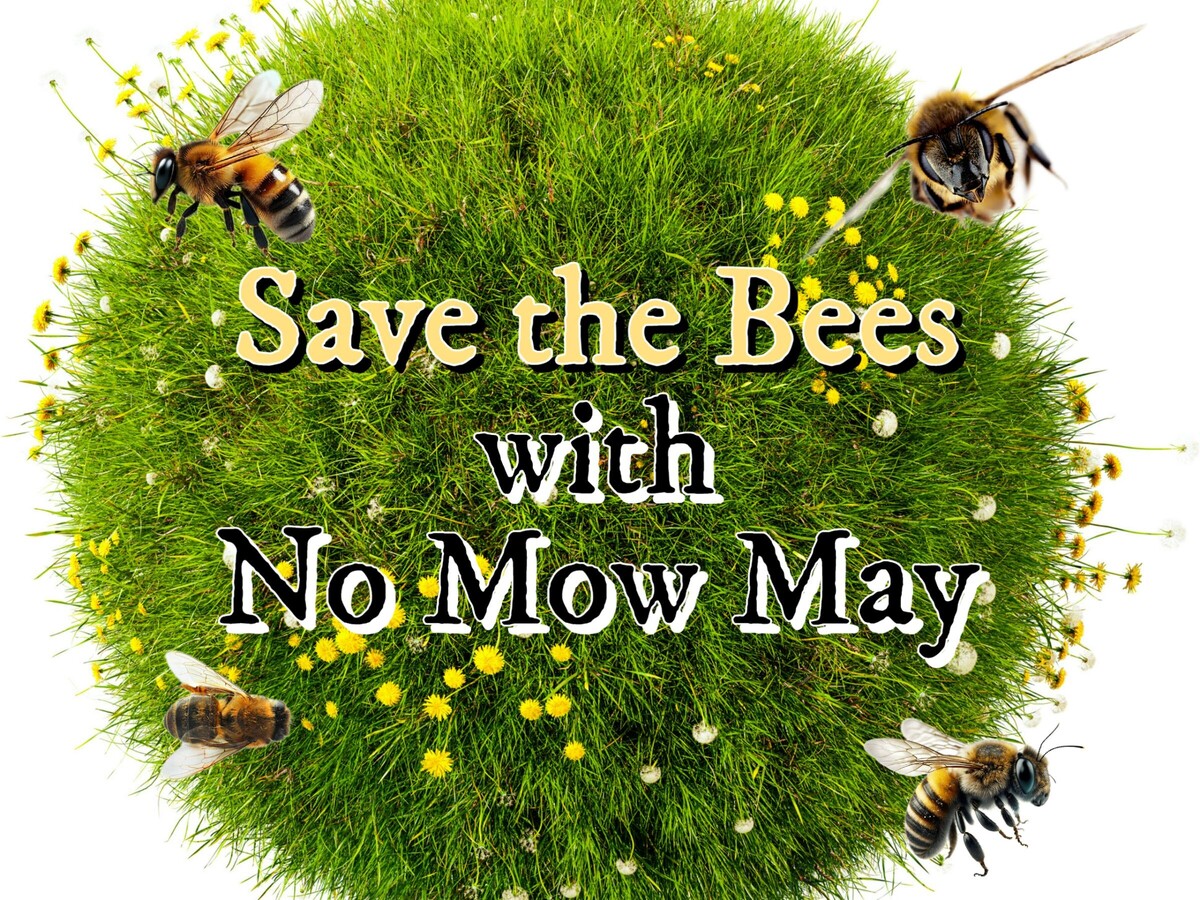Image


A Month of Unkempt Grass to Benefit Pollinators, Reduce Environmental Impact, and Build Community Support
A well-kept lawn has historically been a staple of American landscaping.
Psychology Today published an article in February 2020 called “The Strange Psychology of the American Lawn” in which author Austin Perlmutter M.D. writes about how “a well-manicured lawn is tethered to ideas like success and stability.” Many equate an overgrown lawn to neglect, incompetence, and laziness — or so our culture would have you believe.
Lawns account for 2%, or 40 million acres, of land in the United States, making them the single largest irrigated crop in America. They require frequent mowing, raking, fertilizing, weeding, watering, and chemical treatment.
Not only is lawn care burdensome, expensive, and time-consuming, but it can be harmful to the surrounding wildlife.
When we think of habitat loss, we tend to imagine forests being cut down and bulldozers flattening fields to create parking lots. However, lawn maintenance is a major contributor to ecological homogenization (biodiversity loss and ecosystem collapse) in the U.S.
No Mow May, a conservation initiative first popularized in the U.K., has gained traction across North America. The goal of No Mow May is to allow grass to grow unmown for the month of May, creating habitat and forage for pollinators and other wildlife.
In 2020, researchers at Lawrence University studied the effects of No Mow May when residents of Appleton, Wisconsin took part in the initiative. The findings showed that the abundance of bees in lawns unkempt for a month was five times higher than in manicured lawns.
Since nearly 90% of the world’s plant species rely on pollinators to reproduce, an abundance of bees is critical to a healthy environment. (Fun Fact: New Jersey’s state bug is the honeybee!)
In addition to benefiting pollinators, No Mow May will save water, help your lawn become more resilient to drought, reduce emissions from gas-powered lawn equipment, and save you time and money.
What about regulations in my neighborhood/community?
Most cities and municipalities have some form of weed and lawn care ordinance that dictates the height and sometimes the types of plants homeowners are allowed to grow. So to keep your neighbors happy while participating in No Mow May, here are some tips from Bee City USA:
Will you take part in No Mow May? Let us know how you feel about this initiative in the comments.